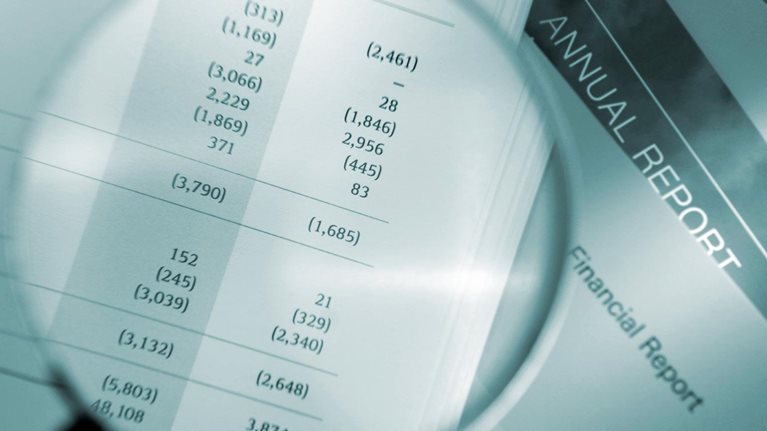For decades, investors, credit-rating agencies, and analysts assessing the relative performance of companies with large portfolios of leases have capitalized off-balance-sheet leases as assets rather than expenditures.
Now, after much deliberation,1 the rules are catching up to common practice: in 2019, all leases longer than 12 months will have to be recognized on the balance sheet as a “right of use” asset and a corresponding financial liability under both International Financial Reporting Standards (IFRS) and US generally accepted accounting principles (GAAP).
As a result, lease-intensive industries, such as retail, travel, and transportation and logistics, face changes. Reported debt for such players (and consequently, reported assets and invested capital) could increase by 30 percent to 60 percent (exhibit). No materially new information will be disclosed, but at a high level, the change in rules will make it easier for investors and analysts to compare performance across companies.

Some inconsistencies remain, however. For example, the International Accounting Standards Board and the Financial Accounting Standards Board both require that companies recognize the liability of future lease payments over initial lease periods, as well as an offsetting right-of-use asset for all leases. With some exceptions, such as the exclusion of small-value leases under IFRS, balance sheets should be comparable. The income statement, however, presents a new issue. Under IFRS, all lease payments will have to be split into depreciation and interest charges, neatly separating operating expenses and finance costs in both the profit-and-loss and cash-flow statements. By contrast, US GAAP will still recognize the concept of an operating lease, and companies will record lease expenses for them fully in the operating-expenses portion of the two statements.
As a result, investors and analysts wanting to compare companies’ return on capital, EBITDA, EBITA, margins, and enterprise-level multiples will still have to restate the data for businesses reporting under US GAAP. They will have to add back the implied interest cost to reported operating profits to make them fully comparable. This should not be a difficult task.
Would you like to learn more about our Strategy & Corporate Finance Practice?
Clearly, financial analysts will also need to take care when benchmarking performance over longer time frames, making sure to restate pre-rule-change financial data as best as they can to be consistent with post-rule-change standards. This will be the only way to draw meaningful conclusions from analyses over long time frames.
For executives in industries with extensive leasing portfolios, the message is also clear: these changes in accounting rules, by themselves, warrant no shift of real-estate or financing strategies. As we’ve outlined in earlier research,2 accounting-rule changes that don’t require companies to disclose more information don’t reveal new insights that might lead investors to change their assessments of a company’s value. We’ve seen no revaluation when stock options were expensed or when goodwill accounting changed to then-new rules.
Investors understand that cash flows don’t automatically change when the rules do—and that’s what matters, ultimately.

